HOT TOPIC HOUR
SO3 Decision Route Map is revised in Hot
Topic Hour Yesterday (June 18)
Over the last week a power point route map relative
to SO3 issues and options was doubled in size to 90 separate power
point displays. The route map leads to detailed presentations and case histories
in the Power Plant Air Quality Decisions intelligence system.
On Thursday a number of individuals added insights
and material to the route map. There was no discussion of the regulations, site
specific issues, modification of SCR catalysts or many of the important
issues. However, there was input on the following segments:
Sorbents
Particulate/Hot Gas
§ Steve Jaasund, Lundberg
§ Martin Schroter, Dürr
Transport
§ Diane Novak and Mitch Lund, Nol-Tec
§ Cody Wilson, ADA-ES
Monitoring
Trona is effective in capturing SO3. Josh Allen pointed out that the quantity required is low. As a result, the cost is nominal. Flyash sales are not compromised by the small amount of additional sodium in the mix.
Mark Wajer explained that magnesium slurries are frequently used to mitigate SO3
in oil-fired boilers and can be used in the same manner in coal-fired boilers.
Recommendations are:
– Inject Below 1800oF to Minimize Molar Ratio
• MgSO4 Is Thermally Stable
• Avoids Competing Reactions With Other Ash Components
– Inject at or Prior to Economizer Outlet to Completely Evaporate the Water
– Can Be Injected at SCR Outlet If Sufficient Time and Heat are Available
Mark Dutchess of MET provided details on the successful use of powdered limestone injection ahead of the air heater to reduce SO3. An installation at Dominion Energy has shown the following benefits:
![]() Increase fine particulate to enhance nucleation
sites for condensation and absorption
Increase fine particulate to enhance nucleation
sites for condensation and absorption
![]() Provide alkaline particles for SO3 (H2SO4)
neutralization
Provide alkaline particles for SO3 (H2SO4)
neutralization
![]() Reduce APH outlet temperature to promote SO3
condensation
Reduce APH outlet temperature to promote SO3
condensation
![]() Reduce APH outlet temperature to improve boiler
thermal efficiency
Reduce APH outlet temperature to improve boiler
thermal efficiency
![]() Reduce APH and downstream equipment corrosion
Reduce APH and downstream equipment corrosion
![]() Eliminate visible Acid Mist “Blue Plume” after
WFGD system
Eliminate visible Acid Mist “Blue Plume” after
WFGD system

Curt Biehn of Mississippi Lime commented on hydrated lime injection prior to the air heater based on 35 commercial plants which are successfully solving their SO3 emission problems but are also reducing air heater outages.

There is a difference based on the type of hydrate.
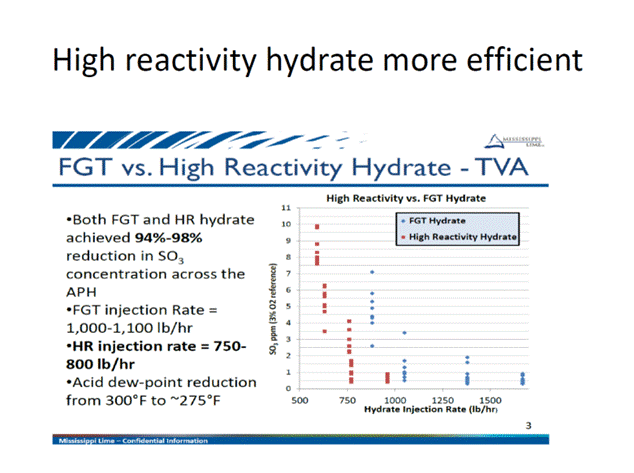
ADA Carbon Solutions has tailored their sorbent to address the SO3 issue.
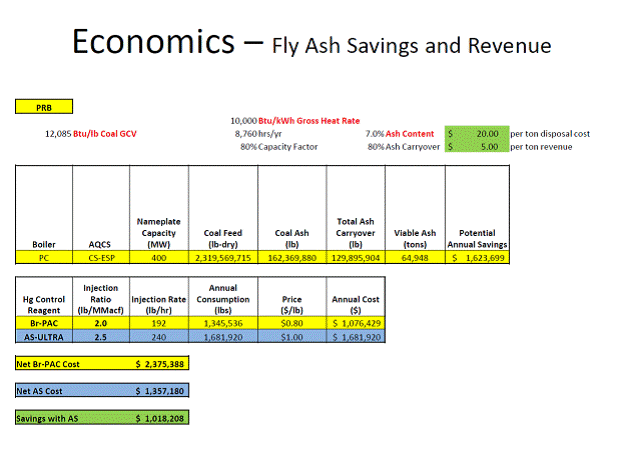
Dürr and ClearChem have a unique solution to SO3 along with all the other pollutants. By removing most of the SO2 with powdered limestone injected in the furnace and then residing on the catalytic filter surface, there is little SO2 to be potentially converted to SO3 as the gas passes through the catalyst.
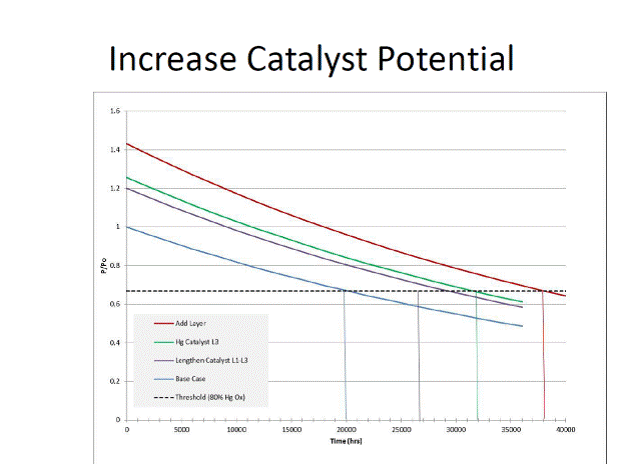
Steve Jaasund pointed out advantages of using a wet precipitator among which is the high efficiency on particulate and SO3. China has a number of coal-fired boilers with SO3 problems and with failure to meet the new targets of 5 mg/Nm3 particulate emissions. A wet precipitator module can be inserted in the top of the existing scrubber.
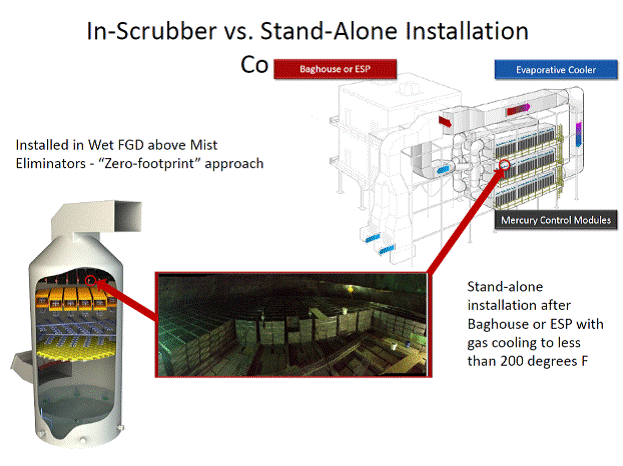
Nol-Tec cites the advantages to their approach for SO3 reduction with their sorbent transport system
• Reduce SO3 to less than 5ppm at stack
– Blue plume “threshold”
• Lowest capital cost
• Positive balance-of-plant effects
– Reduce corrosion on air heater
– Improved PAC performance for mercury removal
– Improved ESP performance with calcium sorbents
• Custom designed for your specific needs.
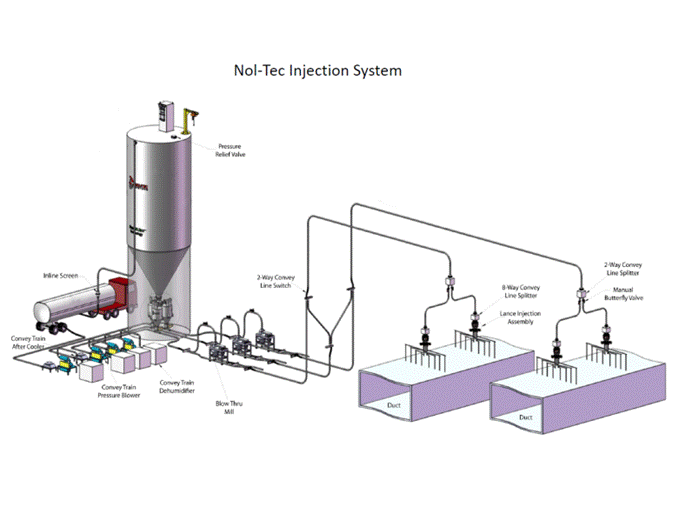
The revised SO3 Route Map and Summary is now
displayed at http://home.mcilvainecompany.com/images/SO3_Fast_Track_GdPS.pdf
We will be continually revising it and linking from it to new information in the PPAQD intelligence system. Note that an alternative to using the route map is to use the locators. You can search just on SO3 or on any component or reagent. If you are embarked on a whole program to reduce SO3 then the route map will be prime tool. The individual locators will lead you to specific groups of information. Alternatively a global key word search leads to all data with that word in the title or summary.